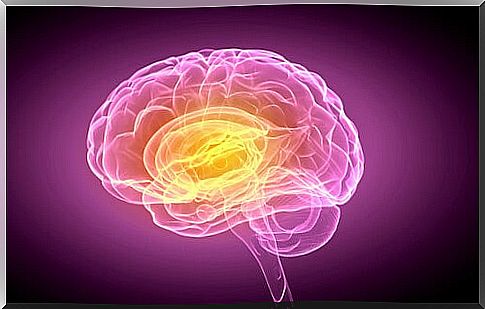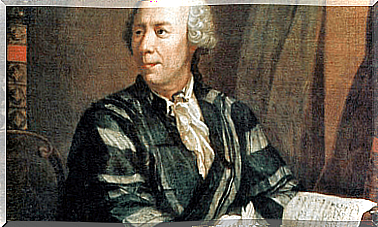Neurobiology Of Hope: Why Do We Trust In A Better Future?

The neurobiology of hope tells us that the human being needs this dimension as one more survival mechanism. This existential compass is the one that prioritizes optimism over defeatism, which encourages us in difficult times and which, according to neuroscientists, allows us to regulate anxiety disorders. Knowing how to cultivate it and keep it in mind is undoubtedly a very useful tool.
Jerome Groopman, a professor at Harvard University and one of the best-known popularizers in biology and medicine, wrote a book in 2003 titled Anatomy of Hop e. This interesting work collects real cases on how patients who go through harsh illnesses manage to deal with and even improve their condition by maintaining an approach where the sense of hope shines.
According to Dr. Groopman himself, this dimension should be located at the bedside of every patient. Hope must take us by the hand in each circumstance of our life cycle. That this is the case is basically due to the fact that its impact at the brain level is immense, even acting as a protective mechanism capable of reducing fear and all that neurochemistry associated with anxiety.
We are undoubtedly facing an interesting topic that is worth delving into.

Neurobiology of hope, what does it consist of?
Something that experts in the field of neuroemotion tell us is that our brain does not care if we are happy or not. What he really wants is our survival.
What role does the neurobiology of hope play in this context? According to Dr. Jerome Groopman, this dimension acts as a stress regulator and therefore a catalyst for well-being.
On the other hand, something that psychologists, philosophers and scientists have been wondering for decades is what effect this construct has on our lives. Everyone agrees that it is indeed very beneficial for humans to maintain a hopeful approach; because the opposite of it is not only hopelessness, it is also fear and helplessness.
Likewise, it is worth remembering something that the Czech politician Václav Havel once said: hope is not the conviction that something will turn out well; is to understand that something makes sense regardless of how it turns out. Therefore, whoever harbors that feeling is not that he believes that what he so longs for is going to happen. Understand that this goal is worth the effort.
So, let’s see how our brain understands this idea and what impact it has on it.

Hope and the medial orbitofrontal cortex
In 2017, Sichuan University conducted research on the neurobology of hope. For this, there was a large sample of people divided into two groups.
The first, applied a more positive and hopeful approach in his day to day; the other had a mood disorder.
By means of magnetic resonances, the following could be ascertained:
- The bilateral medial orbitofrontal cortex showed greater activation in those who used the hopeful approach. It is necessary to take into account that this area is related to our motivation, behavior based on reward, problem solving and goal-directed behaviors,
- Likewise, something that could also be observed in the first group is that hope acted as a protective mechanism against the effects of stress and anxiety; that is, a much lower level of cortisol appeared.
Neurobiology of hope and psychological therapy
Matthew Gallagher, a psychologist and professor at the University of Houston, conducted an interesting research in 2019 where he took into account all the previous works on the neurobiology of hope.
He knew that “training” the brain in a more hopeful, resilient, and optimistic personal approach to the future could be yet another tool in psychological therapy. In fact, it did.
Over the course of a year, he applied a type of therapy where patients developed this sense of motivation, self-confidence, responsibility, and positive openness to tomorrow, thus improving disorders such as anxiety or depression.
To conclude, as Leonard Cohen said, there is a crack in everything that surrounds us, but it is through it that light enters. Hope is that light beam. Knowing how to appreciate it, knowing how to guide us through it can be of great help.










